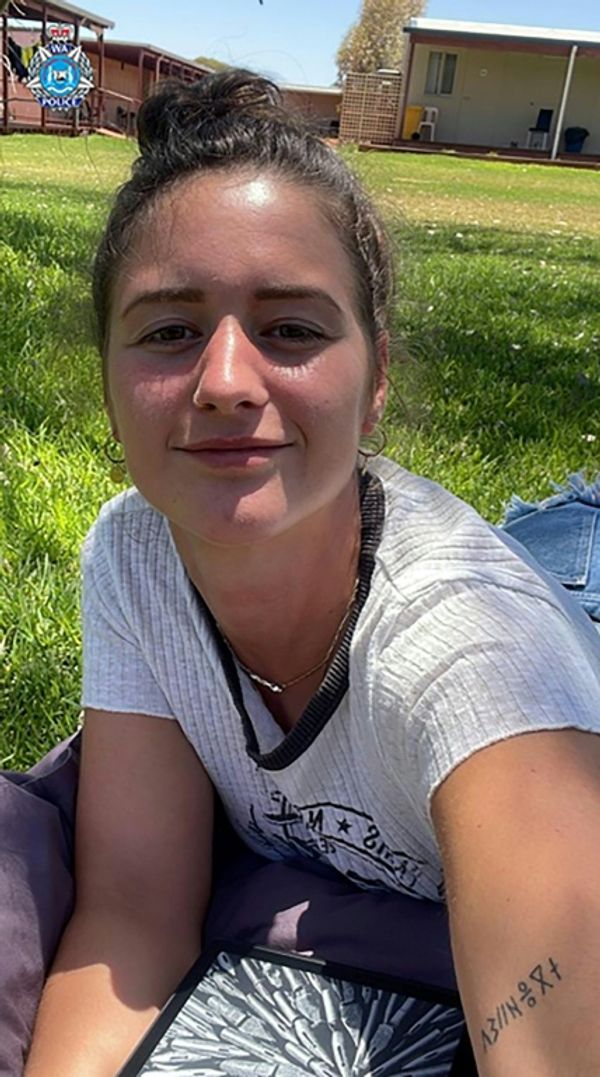
Alyse Bradley has done the maths. The cost of living with multiple chronic health conditions has left her at least $400,000 out of pocket over the past two decades.
Each year the 37-year-old pays $600 for regular GP visits, $2,000 for specialist appointments, $1,000 for scans, $4,800 for ongoing pain treatments including physiotherapy, $1,400 for a variety of medications and $1,200 for vitamins.
Bradley estimates she has lost between $5,000 and $10,000 in annual income through unpaid leave when she is unable to work. This was especially the case early in her career when employers couldn’t see anything was physically wrong and would not believe her.
Bradley, now a professional working in finance, started experiencing symptoms from severe complex endometriosis, adenomyosis and chronic pelvic pain as a teenager but only received a diagnosis at age 27.
Amid the physical and emotional challenges caused by the diseases, Bradley says she experienced intense anxiety from the financial impacts.
Over the years she has done her best to manage the financial burden. She got a second job working weekends after racking up thousands of dollars of debt that she has only recently cleared. She has been forced to move in with her mother, on and off, after several endometriosis surgeries.
“Not only daily are you worried about pain, but the cost of it, you actually think about it all the time,” Bradley says. She is now the treasurer for QENDO, a peak body for those affected by endometriosis and other pelvic health-related conditions.
Bradley was able to put down a deposit on her own apartment last year at the age of 36, but still feels “like I’m many years behind my friends, especially with savings in the bank”.
The cost-of-living crisis is worsening the gender health gap, the Royal Australian College of General Practitioners has warned. It says women are experiencing more years in poor health than men and they are more likely to forgo healthcare as out-of-pocket expenses rise. The peak body for GPs also says Medicare’s gender bias means women pay more than men for basic healthcare.
The RACGP president, Dr Nicole Higgins, says women are more likely than men to have chronic conditions – not only those related to their reproductive systems including endometriosis and polycystic ovary syndrome, but also autoimmune and mental health conditions.
According to government data, adult women have a higher overall rate (56%) of having at least one of 10 common non-gendered chronic conditions compared with adult men (49%), with an especially higher prevalence for conditions including osteoporosis, arthritis, asthma, mental and behavioural conditions.
Many women are missing out on care because they can’t afford it, Higgins says, with women nearly twice as likely to delay seeing a GP. “In the past 12 months one in 25 women have delayed care, compared to one in 40 men.”
Women are also penalised because of the way Medicare rebates are structured, Higgins says. “Medicare rewards procedural medicine – not the cognitive, the talking, the preventative medicine. It penalises people the longer they spend with their doctor.”
The college is urging the federal government to increase Medicare rebates for longer GP consultations.
Yvonne Appleby requires care for several chronic conditions: type 2 diabetes, severe chronic asthma, glaucoma, severe arthritis in her knees and high blood pressure since the birth of her son. She has also suffered migraines up until menopause and had benign breast lumps removed.
The 60-year-old’s specialist treatments have proved costly; the $600 for a brain MRI which confirmed her glaucoma was borrowed from her mother.
Since a severe asthma attack hospitalised her for more than two weeks, she has been forced to cut back her work hours. Appleby says most of her part-time fortnightly wage of $645 goes on medical expenses, even with her pension card giving her significant “godsend” discounts on all her medications.
“I’m lucky that I live in the family home where I was born, because if I had to pay rent I’d have zero hope … you wouldn’t be able to afford rent or medicine at the same time, you’d have to choose one,” she says.
She has always been able to bulk bill her regular GP appointments “otherwise it just would have cost me a fortune – in and out all the time”.
But earlier this year Appleby’s GP died, forcing her to swap doctors at the clinic, which now leaves her $64.85 out of pocket each appointment.
Finding a different GP who bulk bills doesn’t feel like an option, she says. “I really don’t want to change clinics because they’ve got all my medical history from my previous GP, and it’s just all too difficult.”
Dr Nisha Khot, the vice-president of the peak body for obstetricians and gynaecologists, agrees the Medicare gender gap needs to be addressed – including the rebate inequalities for items specific to women’s health.
Khot points to contraception. “When men have a vasectomy procedure, the Medicare rebate is more than $200, whereas when women have an intrauterine device (IUD) insertion – which actually is a procedure that takes longer than doing a vasectomy – the Medicare rebate for that is $75.”
Khot says the rebates for many gender-specific Medicare items including pregnancy scans have not changed in more than three decades, despite becoming more detailed and more complex, leading patients of obstetricians and gynaecologists to have the highest out-of-pocket expenses out of all medical specialties.
The National Women’s Health Advisory Council was formed in late 2022 to address medical misogyny. Ged Kearney, the assistant health minister and chair of the council, says the government is conducting a gender audit of specific Medicare services to ensure fairer rebates for women as part of the Continuous Medicare review.
Khot welcomes Kearney’s commitment to look at the rebate system with an intersectional and gender lens. “We’d like to see that commitment turned into reality because that will make a huge difference.”
The government has committed to fund longer gynaecologist appointments, which will come into effect next year, but more items need to be given greater rebates, Khot says.
Bradley says the health industry and politics have historically been governed by men – many of whom “even in 2024 have no idea” about the health issues women face and the costs.
“The stigma around these conversations is however slowly changing but we still have a lot to do.”
Khot says there is “no good reason” for the stark gender gap in healthcare.
Like Bradley, Khot too says she is hopeful for change, “because there is more of an interest [in the issue] and more people are willing to talk about it … I’ve always said that it takes a coalition of women”.







